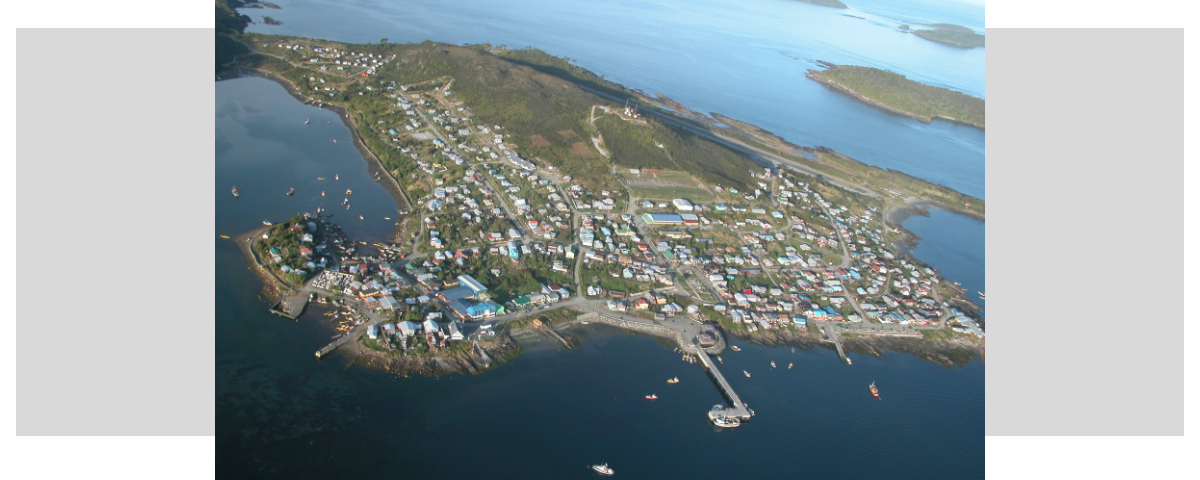
22.06. | HLDE Side Event – Technology for Energy Access
22. June 2021Challenges in grid integration of electric vehicles in urban and rural areas (Gemassmer et al. 2021)
25. June 2021Hydrogen storage potential study for mini-grids in Chile

In this contract research project, RLI has examined the use of green hydrogen to replace existing diesel power supply for three exemplified mini-grids in Chile.
Mini-grids, sometimes called micro grids or island grids, are locally delineated and self-contained power grids that supply electricity to multiple homes or businesses. They can be supplied by various fossil and renewable energy sources, such as photovoltaic (PV) systems, wind turbines, hydroelectric plants, or diesel generators. To ensure supply stability, a mini-grid often also includes battery storage.
Hydrogen as a storage option for excess electricity
. In so-called hybrid systems, mini-grids combine several types of power generation, such as combining diesel generators with PV plants or wind turbines. This is frequently done to counterbalance seasonal or weather-related fluctuations, as renewable energy is often not sufficient to provide power at all times of the day or year. Diesel then serves as a back-up to bridge the gap. In order to make a mini-grid 100 percent renewable, the diesel back-up needs to be replaced by either a different green power source or by a battery that can supply the grid when generation is low. One form of a battery – or energy storage – could be hydrogen. By electrolysis, surplus energy can be stored in form of hydrogen and oxygen. Hydrogen then can be used for electricity generation when renewable supply is low. In one of the specific cases in this project, oxygen may be supplied to fish farming.
Calculation based on concrete use cases
. In this project, three different mini-grid sites in Chile were in focus. They are not connected to the national grid and used diesel as the main power source in the original scenario. RLI analyzed these mini-grids using the MVS tool to find out if hydrogen storage could be a viable solution to help replace diesel with renewable power sources.
The three mini grids analyzed in this study:
. The MVS tool developed by RLI is an open-source simulation software that facilitates simulating and optimizing multi-vector energy systems. By feeding information from the existing energy system, such as energy system assets, consumption data, and economic data into the tool, the cheapest energy system design for the mini-grid was determined. This includes both the suggested capacities to be installed, as well as their operation and the subsequent economic and technical performance of the system.
The study finally presented design options for the three mini-grids using hydrogen as energy storage to the German-Chilean Chamber of Commerce and Industry, who has commissioned the study.
Project duration: May – July 2021
Mini-grids, sometimes called micro grids or island grids, are locally delineated and self-contained power grids that supply electricity to multiple homes or businesses. They can be supplied by various fossil and renewable energy sources, such as photovoltaic (PV) systems, wind turbines, hydroelectric plants, or diesel generators. To ensure supply stability, a mini-grid often also includes battery storage.
Hydrogen as a storage option for excess electricity
. In so-called hybrid systems, mini-grids combine several types of power generation, such as combining diesel generators with PV plants or wind turbines. This is frequently done to counterbalance seasonal or weather-related fluctuations, as renewable energy is often not sufficient to provide power at all times of the day or year. Diesel then serves as a back-up to bridge the gap. In order to make a mini-grid 100 percent renewable, the diesel back-up needs to be replaced by either a different green power source or by a battery that can supply the grid when generation is low. One form of a battery – or energy storage – could be hydrogen. By electrolysis, surplus energy can be stored in form of hydrogen and oxygen. Hydrogen then can be used for electricity generation when renewable supply is low. In one of the specific cases in this project, oxygen may be supplied to fish farming.
Calculation based on concrete use cases
. In this project, three different mini-grid sites in Chile were in focus. They are not connected to the national grid and used diesel as the main power source in the original scenario. RLI analyzed these mini-grids using the MVS tool to find out if hydrogen storage could be a viable solution to help replace diesel with renewable power sources.
The three mini grids analyzed in this study:
- Island grid Melinka – a port city of 1,300 inhabitants on a physical island. It is originally supplied with an expensive diesel supply system that requires heavy subsidization to keep the energy tariffs low for consumers.
- Aysén – a region with 100,000 inhabitants with an original energy mix of diesel and hydropower.
- Multiexport – a fish farming and industry site. While green hydrogen may increase the renewable share of the site, the side product oxygen may be usable in the process of fish farming itself.
. The MVS tool developed by RLI is an open-source simulation software that facilitates simulating and optimizing multi-vector energy systems. By feeding information from the existing energy system, such as energy system assets, consumption data, and economic data into the tool, the cheapest energy system design for the mini-grid was determined. This includes both the suggested capacities to be installed, as well as their operation and the subsequent economic and technical performance of the system.
The study finally presented design options for the three mini-grids using hydrogen as energy storage to the German-Chilean Chamber of Commerce and Industry, who has commissioned the study.
Project duration: May – July 2021
The final project report is available for download on the website of the German-Chilean Chamber of Commerce and Industry. (German and Spanish)
Image: Xexito, Melinka, CC BY-SA 3.0
RLI has carried out the following tasks in the project:
- Collection of input data from the client
- Setting up an example scenario as a basis for discussion and definition of the subsequent scenarios together with the client
- Organizing and hosting workshop to discuss the procedure, selection criteria and scenarios
- Set-up and design of the technical-economic systems for the three defined scenarios
- Sensitivity analyses of the three scenarios by variation of input data
Summary of study results
Three potential hydrogen sites were simulated and optimized:- For the island grid in Melinka, high diesel prices already make it economical to use hydrogen to store renewably generated electricity, and thus can enable significant additions of PV and wind power.
- For the Aysen region, an economic installation of a pilot plant for storing electricity in hydrogen is currently emerging. The economics here are at an inflection point, i.e., small increases in diesel prices or decreases in the cost of hydrogen components will result in disproportionately higher pilot plant capacity. Significant expansion of photovoltaics is also recommended here.
- For the fishing and industrial site Multiexport, there is currently no economic use of hydrogen as electricity storage. Here, however, the co-generation of oxygen by electrolysis should be investigated in the future, as this oxygen can be further used at the site.







